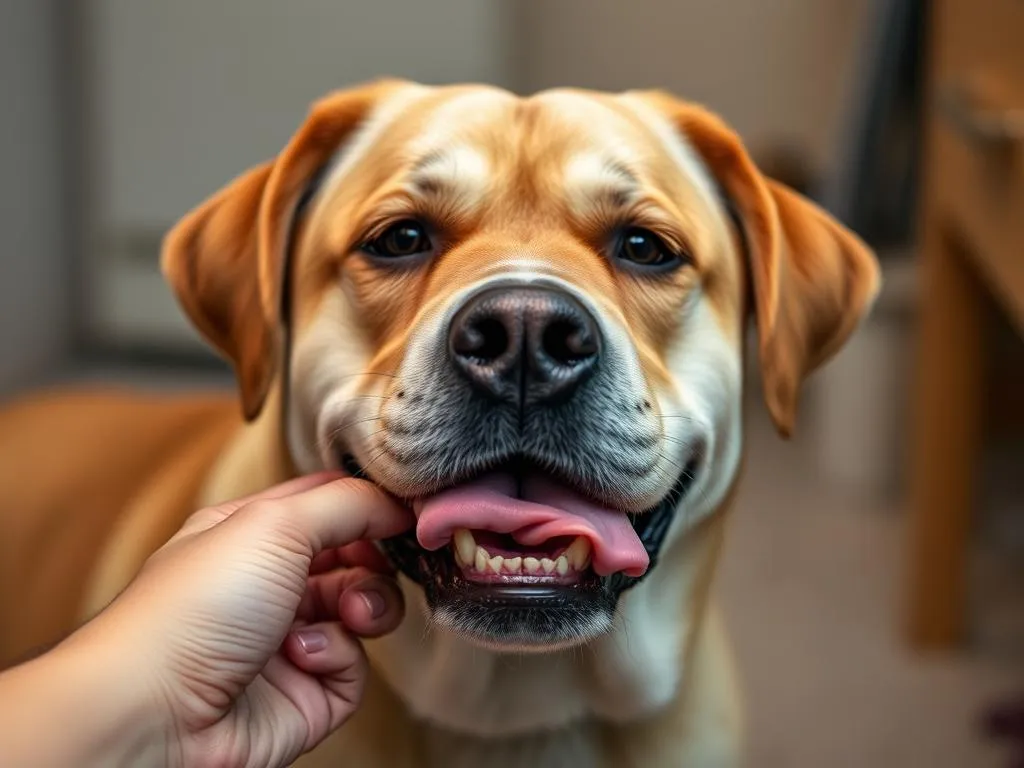
Introduction
Dog nutrition plays a crucial role in the overall well-being of our furry friends. Just like humans, dogs require a balanced diet to thrive, impacting everything from their physical health to their behavior. Proper nutrition is essential not only for maintaining a healthy weight but also for supporting their immune system, energy levels, and even their mood.
One common health issue that dog owners often face is diarrhea. This can be alarming, and many wonder how long to withhold food from a dog with diarrhea. Understanding how to manage this condition effectively is vital, as dogs’ nutritional needs change during health issues. This article aims to provide comprehensive insights into managing diarrhea in dogs, focusing on the delicate balance of withholding food and reintroducing a proper diet.
Understanding Diarrhea in Dogs
Common Causes of Diarrhea
Diarrhea in dogs can occur for various reasons, and identifying the cause is essential for effective treatment. Here are some common causes:
- Dietary Indiscretion: Dogs are known for their curious nature, often eating things they shouldn’t. This can lead to gastrointestinal upset, resulting in diarrhea.
- Food Allergies or Intolerances: Some dogs may have sensitivities to certain ingredients in their diet, leading to digestive issues, including diarrhea.
- Infections: Bacterial, viral, or parasitic infections can significantly impact a dog’s digestive system, resulting in diarrhea as a symptom.
- Other Underlying Health Conditions: Conditions such as pancreatitis, inflammatory bowel disease (IBD), or even certain cancers can cause diarrhea as a secondary symptom.
Symptoms Accompanying Diarrhea
When a dog has diarrhea, several symptoms may accompany this condition:
- Frequency of Bowel Movements: Increased frequency is often the first noticeable sign.
- Change in Stool Consistency: Loose or watery stools are characteristic of diarrhea.
- Other Signs of Distress: Dogs may also show signs of distress such as vomiting, lethargy, or abdominal discomfort.
Immediate Response to Diarrhea
Assessing the Severity
When your dog experiences diarrhea, the first step is to assess how severe the situation is. Consider the following:
- When to Monitor at Home: If your dog is otherwise healthy, alert, and not showing signs of distress, you can monitor them at home for a short period.
- When to Seek Veterinary Care: If diarrhea persists for more than 24 hours, or if your dog exhibits severe symptoms such as vomiting, lethargy, or blood in the stool, it’s essential to consult a veterinarian.
Withholding Food: General Guidelines
Withholding food can be a beneficial approach to help your dog’s digestive system rest. This practice allows the gastrointestinal tract to recover from irritation or inflammation.
- Importance of Fasting for Gastrointestinal Rest: Fasting for a short period can help reduce the workload on the digestive system, allowing it to recover.
- Typical Time Frames for Withholding Food: Generally, withholding food for 12 to 24 hours is recommended. However, this can vary based on the dog’s age, health status, and the severity of diarrhea.
How Long to Withhold Food from a Dog with Diarrhea
Recommended Duration
When it comes to how long to withhold food from a dog with diarrhea, the consensus among veterinarians tends to be:
- General Recommendations: Most sources recommend fasting your dog for 12 to 24 hours. Puppies and older dogs may require shorter fasting periods due to their unique nutritional needs.
- Factors Affecting Duration: Consider the dog’s age, overall health, and the severity of the diarrhea. Puppies and senior dogs should not fast for long periods, while healthy adult dogs can typically manage a longer fasting period.
Signs That Indicate It’s Time to Reintroduce Food
After the fasting period, you should look for signs indicating it’s time to reintroduce food:
- Improvement in Stool Consistency: A return to firmer stools is a good sign your dog is ready to eat.
- Increased Energy Levels: If your dog starts to show increased energy and a return to their usual behavior, it’s likely time to introduce food again.
Reintroducing Food After Diarrhea
Ideal Foods to Start With
After the fasting period, it’s crucial to reintroduce food carefully:
- Recommendations for Bland Diets: Start with a bland diet like boiled chicken and rice. This combination is gentle on the stomach and provides some nutrition without overwhelming the digestive system.
- Importance of Gradual Reintroduction of Regular Diet: Once your dog’s stool has normalized, gradually mix in their regular food over several days to ensure their digestive system can handle the transition.
Avoiding Common Mistakes
While reintroducing food, it is important to avoid common pitfalls:
- Foods to Avoid During Recovery: Steer clear of rich or fatty foods, as well as treats and table scraps, which can exacerbate gastrointestinal issues.
- Importance of Portion Control: Start with small portions to avoid overwhelming your dog’s digestive system. Gradually increase the amount as they show tolerance.
Long-Term Nutrition Considerations
Nutritional Balance for Dogs
Maintaining a balanced diet is essential for your dog’s long-term health:
- Importance of a Balanced Diet for Overall Health: A well-rounded diet contributes to your dog’s vitality, energy levels, and immune function.
- Key Nutrients Essential for Dogs: Ensure your dog receives a combination of proteins, carbohydrates, fats, vitamins, and minerals to support their health.
Preventive Measures Against Diarrhea
Preventing diarrhea from occurring in the first place is always preferable. Here are some best practices:
- Best Practices in Dog Feeding and Nutrition: Stick to high-quality dog food, avoid sudden changes in diet, and be cautious about feeding table scraps.
- Importance of Regular Veterinary Check-Ups: Regular check-ups can help catch potential health issues before they escalate, contributing to your dog’s overall health and reducing the risk of diarrhea.
When to Consult a Veterinarian
Signs of Serious Conditions
Recognizing when to seek professional help is crucial:
- Persistent Diarrhea Beyond 24 Hours: If diarrhea continues for more than a day without improvement, it’s time to reach out to your veterinarian.
- Symptoms of Dehydration: Signs such as dry gums, excessive thirst, or lethargy may indicate dehydration, which requires immediate veterinary attention.
Preparing for the Vet Visit
If you need to consult a veterinarian, preparation can help ensure a productive visit:
- Keeping a Record of Symptoms: Document any symptoms, changes in behavior, and dietary habits leading up to the diarrhea. This information can be invaluable for diagnosis.
- Questions to Ask During the Visit: Prepare questions about potential causes, treatment options, and dietary recommendations to ensure you get the most out of your appointment.
Conclusion
Monitoring your dog’s health and understanding their nutritional needs is vital, especially during health issues such as diarrhea. By knowing how long to withhold food from a dog with diarrhea, you can take informed steps to aid in their recovery. Always look for signs of improvement before reintroducing food and prioritize a balanced diet to promote their overall health.
In summary, being vigilant about your dog’s diet and health not only helps manage acute issues like diarrhea but also fosters long-term well-being. Always consult your veterinarian when in doubt to ensure your furry companion receives the best care possible.









